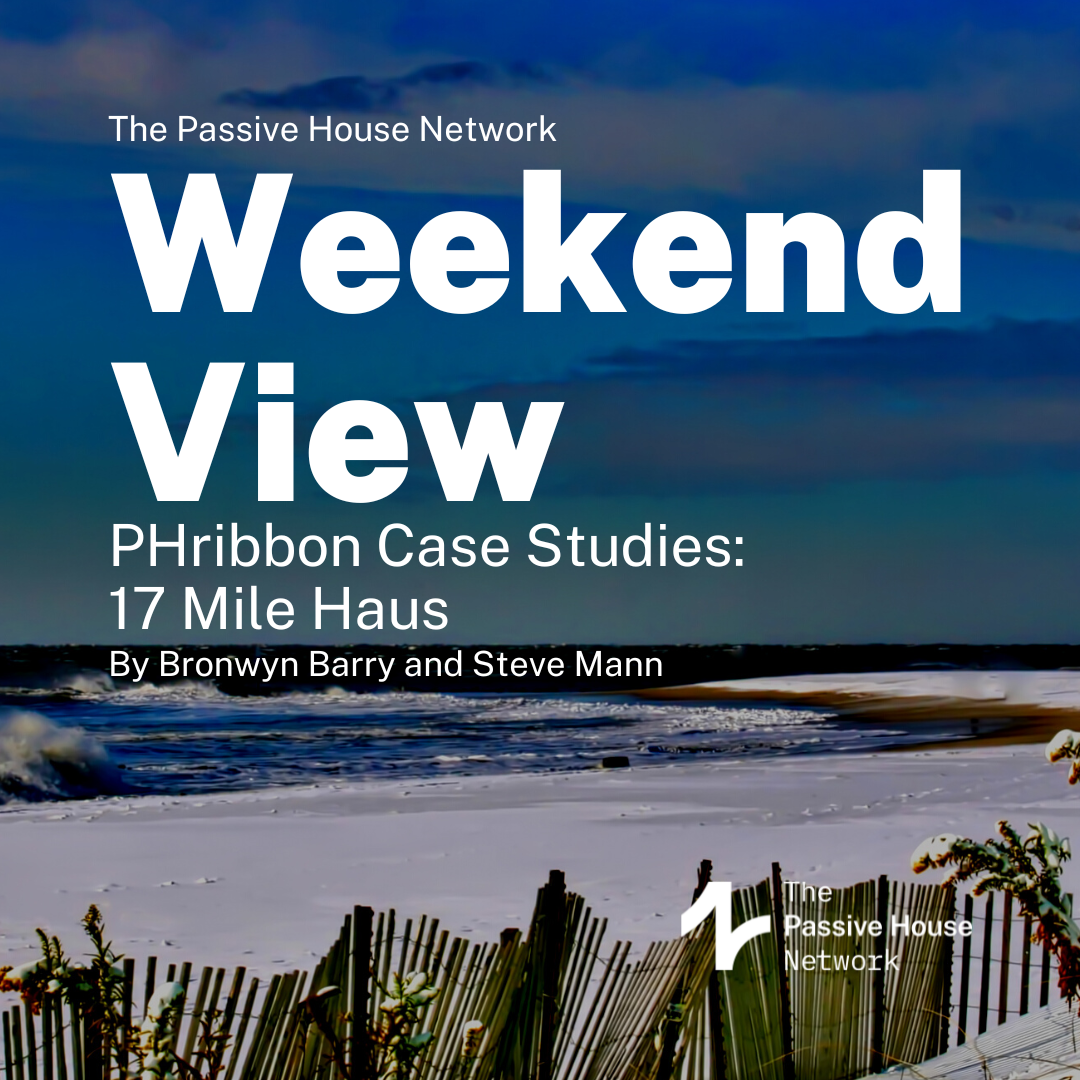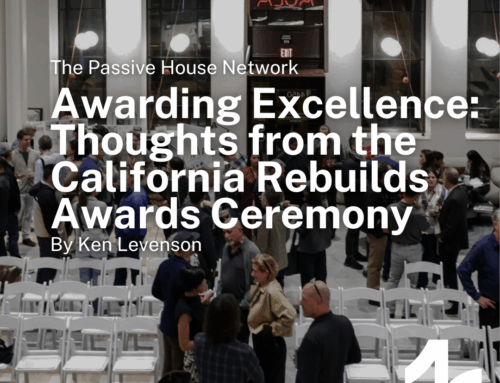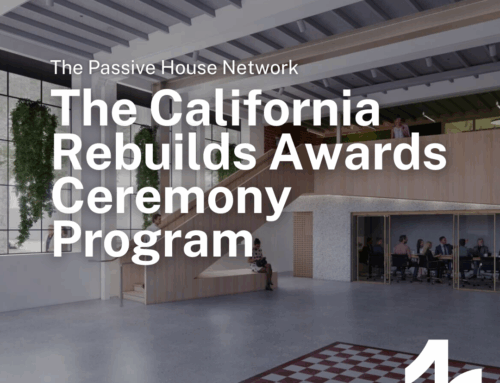The Weekend View:
Embodied Carbon in California
California is abuzz with Passive House news. Earlier this week, Emu Passive released a report on Building Standards, investigating the ability of 12 building standards, including Passive House, to deliver resilient, healthy, and efficient buildings. The report included an addendum, Appendix B, a first-of-its-kind analysis of 11 single-family homes built to Passive House standards in a variety of climate zones throughout California. Together, the data from these houses creates a comprehensive analysis of comfort, indoor air quality, durability, heating and cooling loads, and energy efficiency that comes from Passive House standards, demonstrating these standards as the best path forward for protecting California homes from the impacts of climate change.
Best of all, these building practices don’t have to emit as much carbon as a comparable standard building will, especially when designers and builders have the tools they need to make informed cradle-to-grave building carbon emissions.
Enter the PHN PHribbon. This tool enables Passive House designers to quantify the anticipated embodied carbon for their designs, making the connection between design choices and carbon emissions outcomes clear. Passive House Designers are already using it in California and beyond, amplifying the climate resiliency and mitigation of Passive House building standards.
This weekend, we’re taking a look back at our PHribbon Case Study from last May to see how California-based Passive House Designer Bronwyn Barry from Passive House BB utilizes PHribbon in her Passive House projects. She is joined by Steve Mann from Home Energy Services, the PHN technical lead on the PHribbon who is also based in California. Watch the video to see how data from the PHribbon tool was applied to 17 Mile Haus.
It’s clear that Passive House building standards can go hand-in-hand with low embodied carbon buildings, and this is great news for residents in California and beyond who want to mitigate the emissions of new homes and buildings while still building with comfort and climate resilience in mind.
Be sure to check out the PHribbon tool, and if you want to hear more about how PHI Passive House standards are emerging as the clear path forward for Californians, make sure to register for our next event, Passive House Presents: Emu Report on Energy Standards on Tuesday December 7th.





